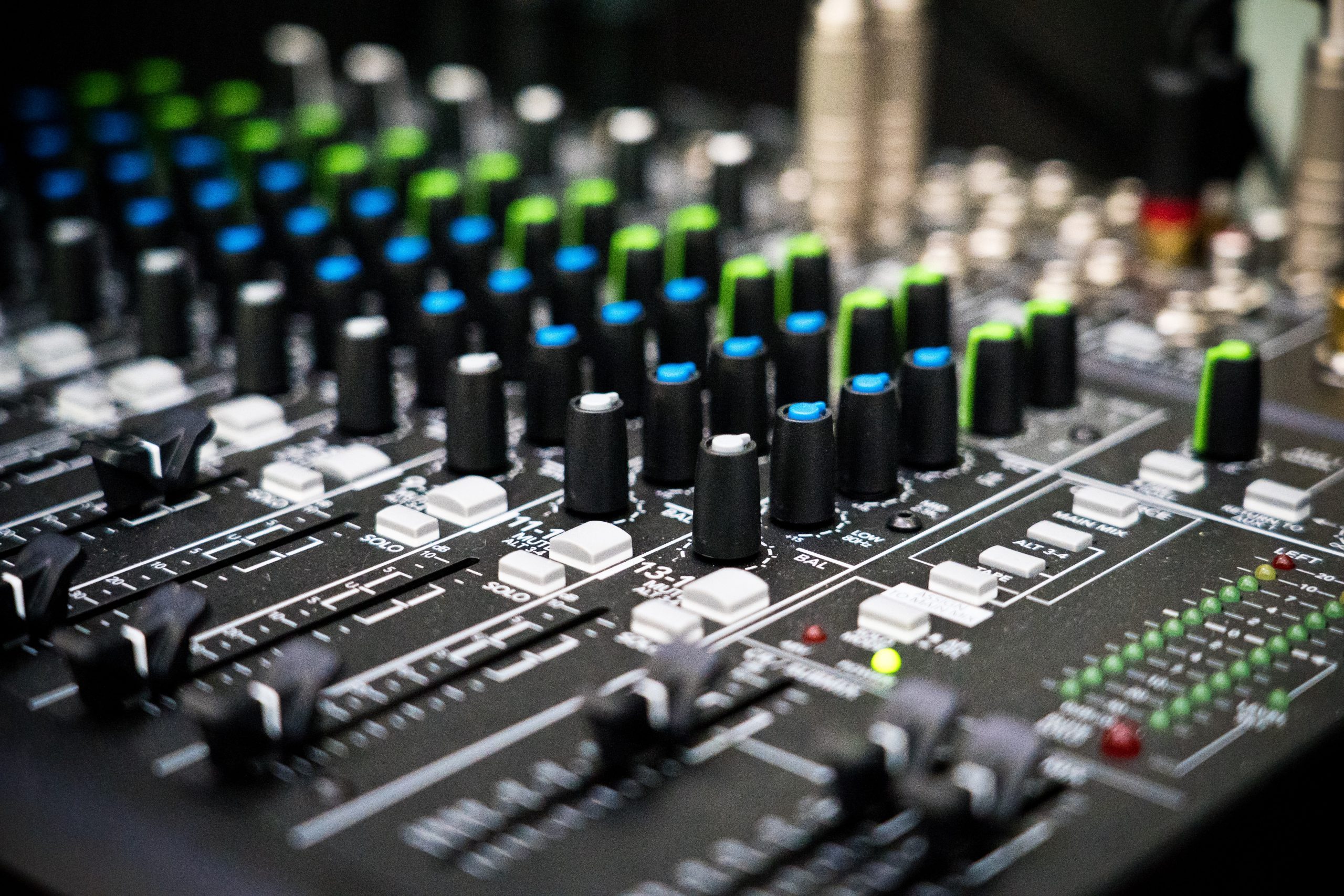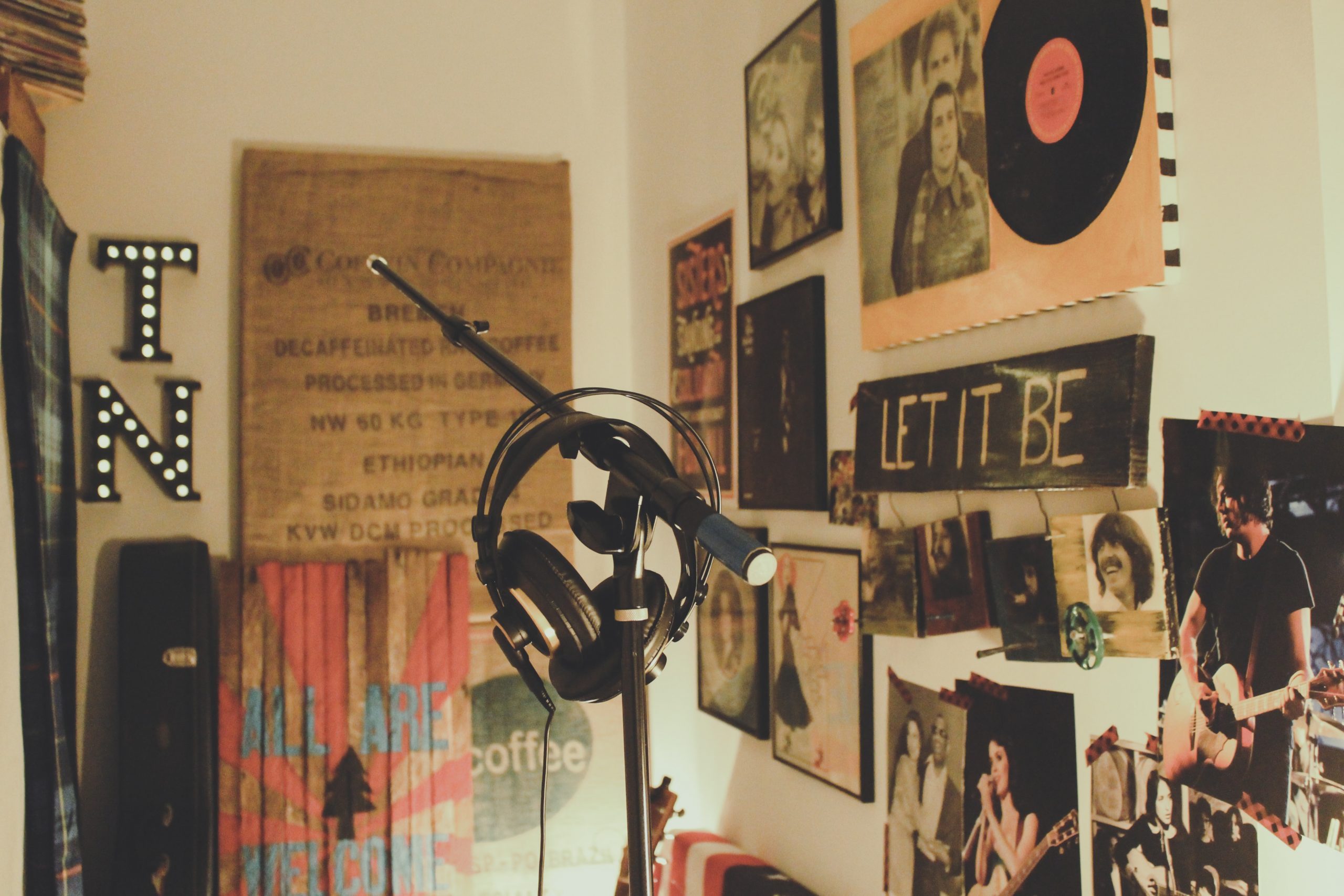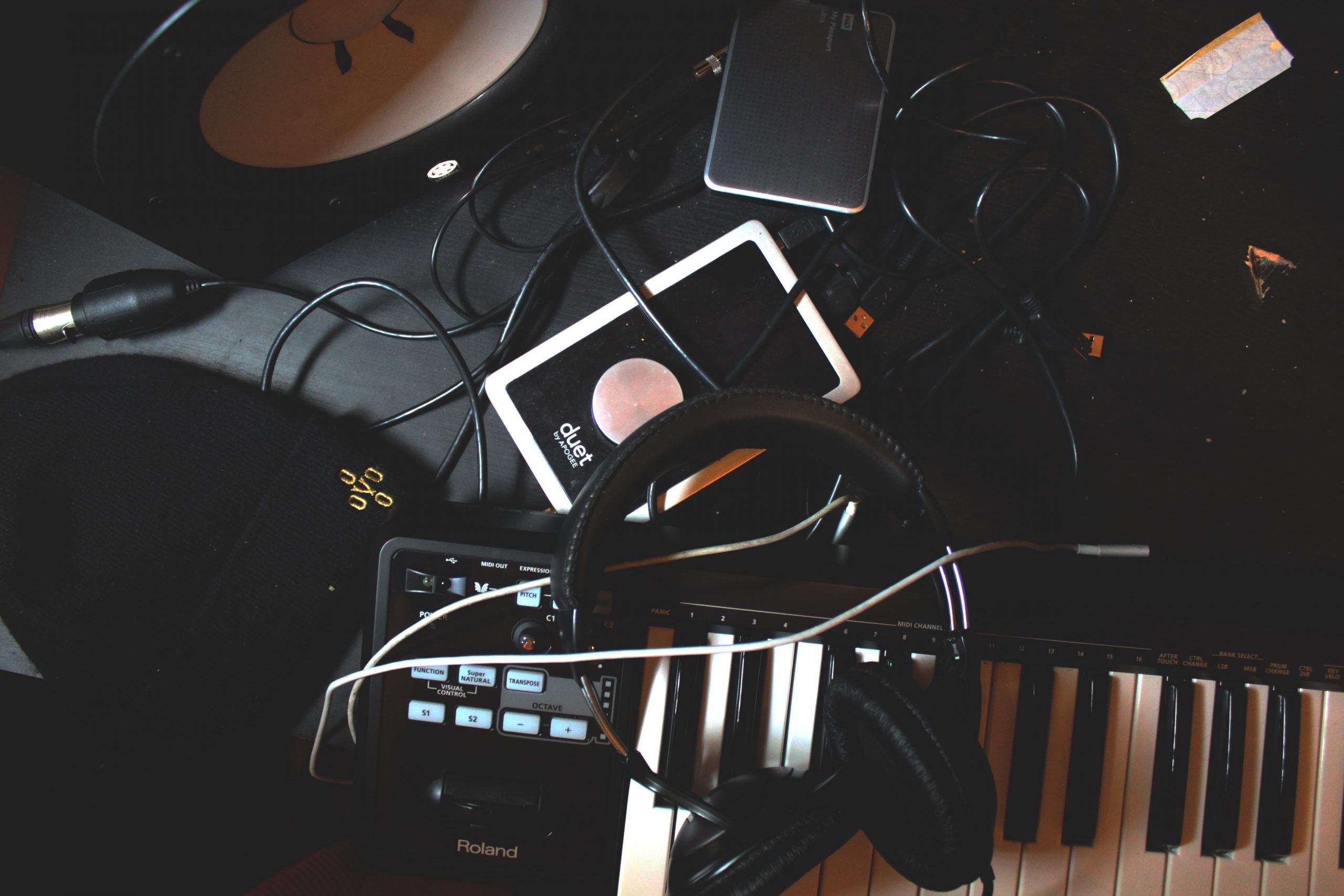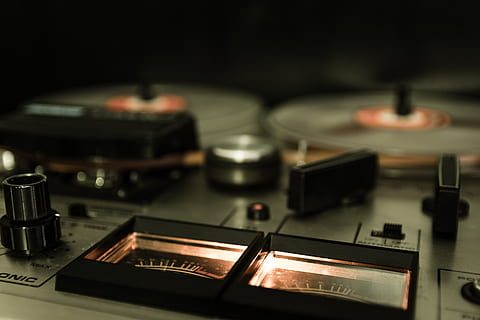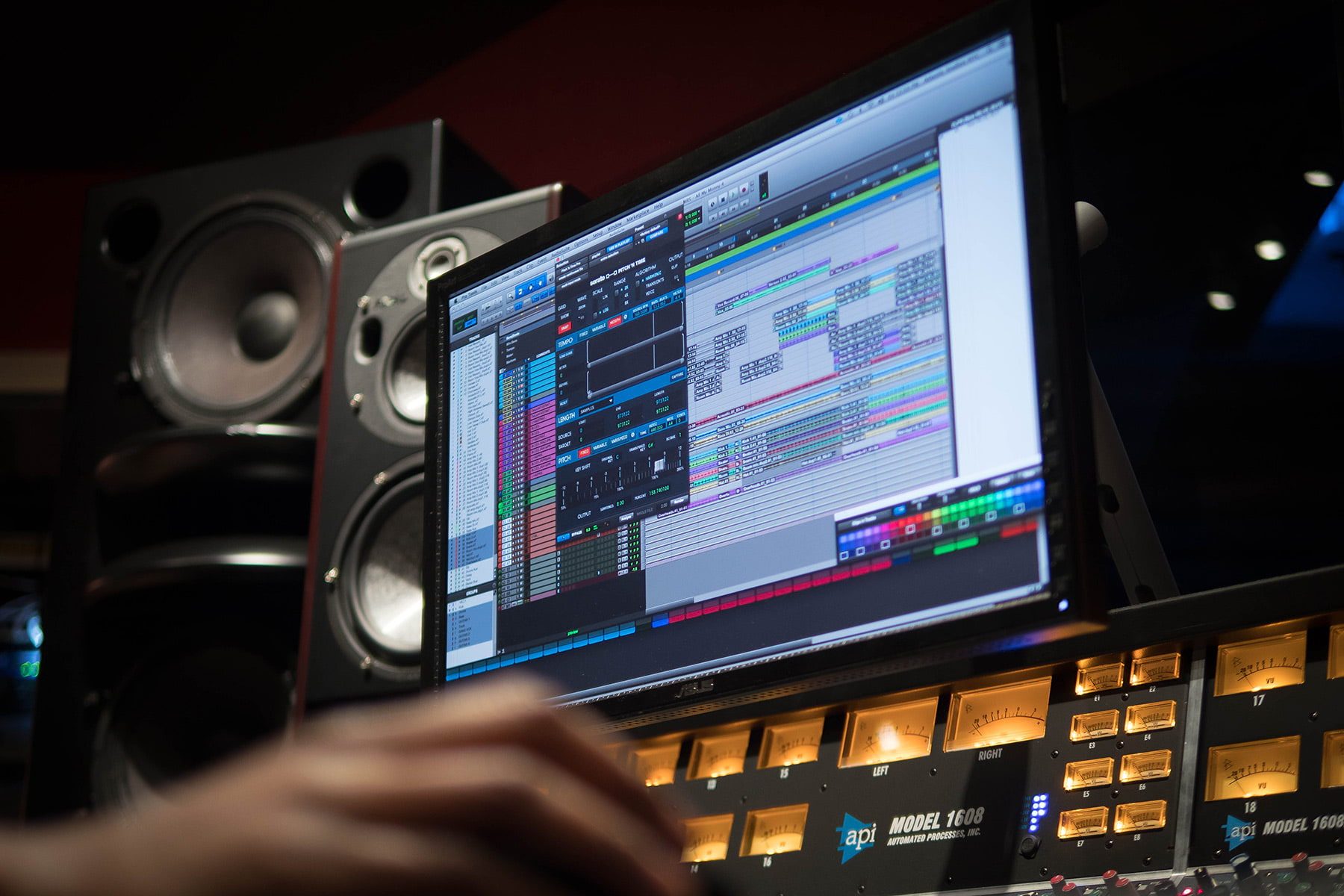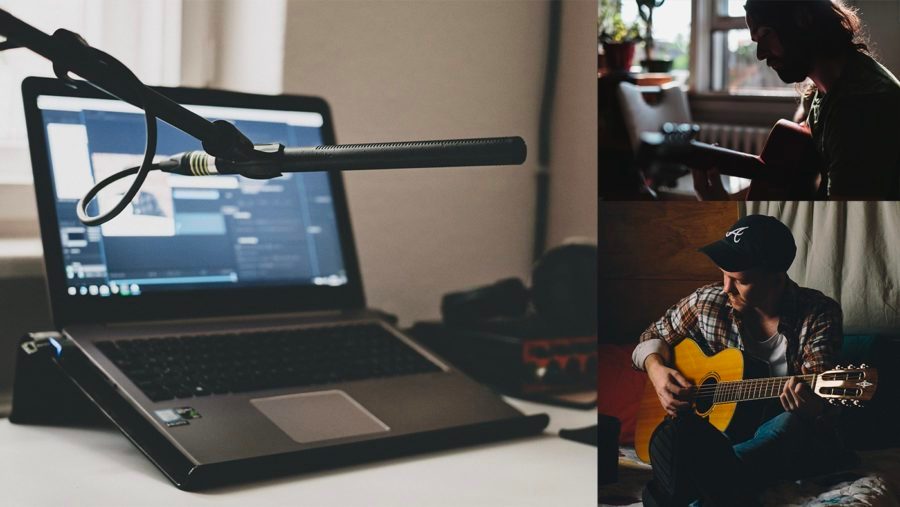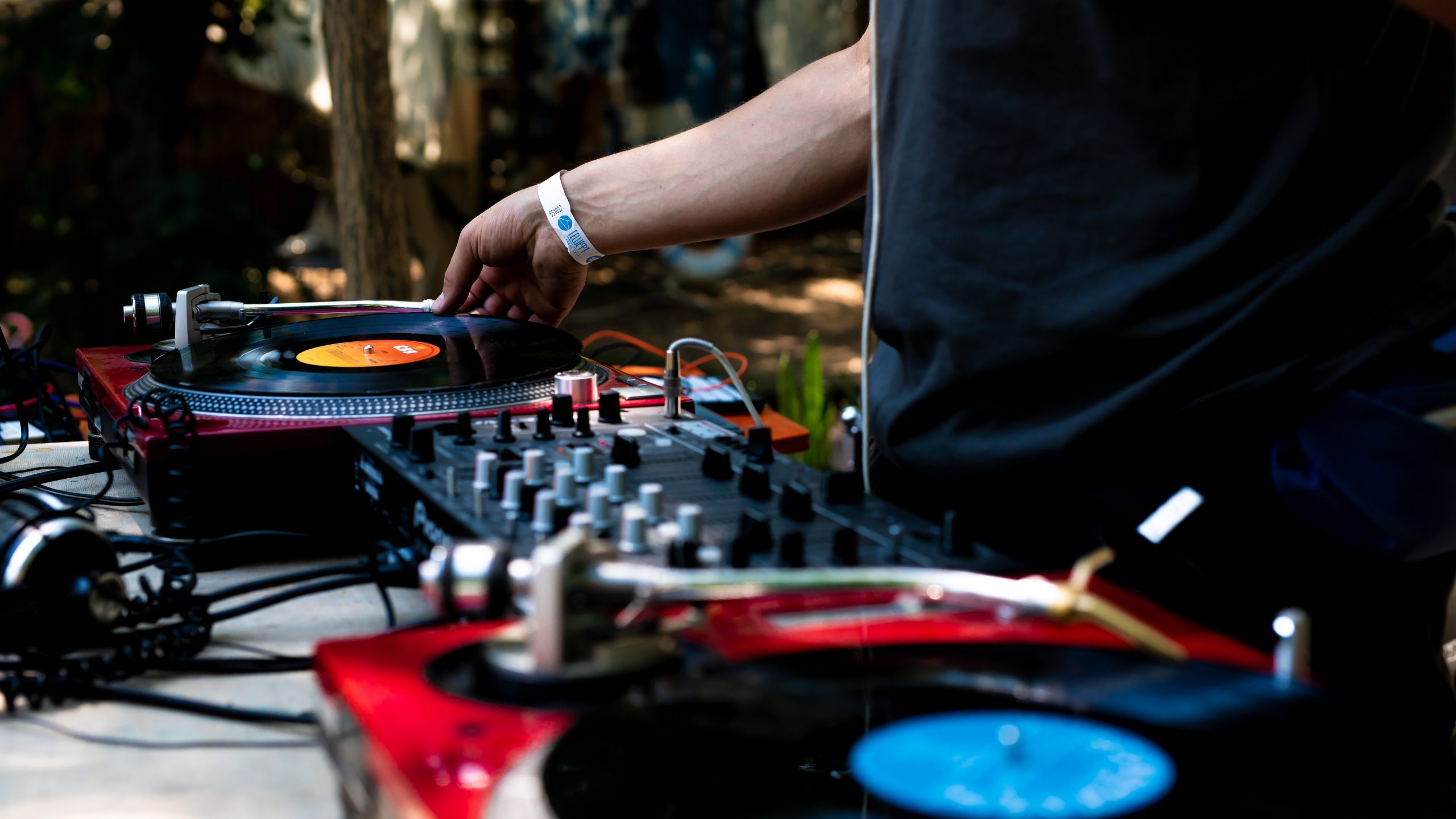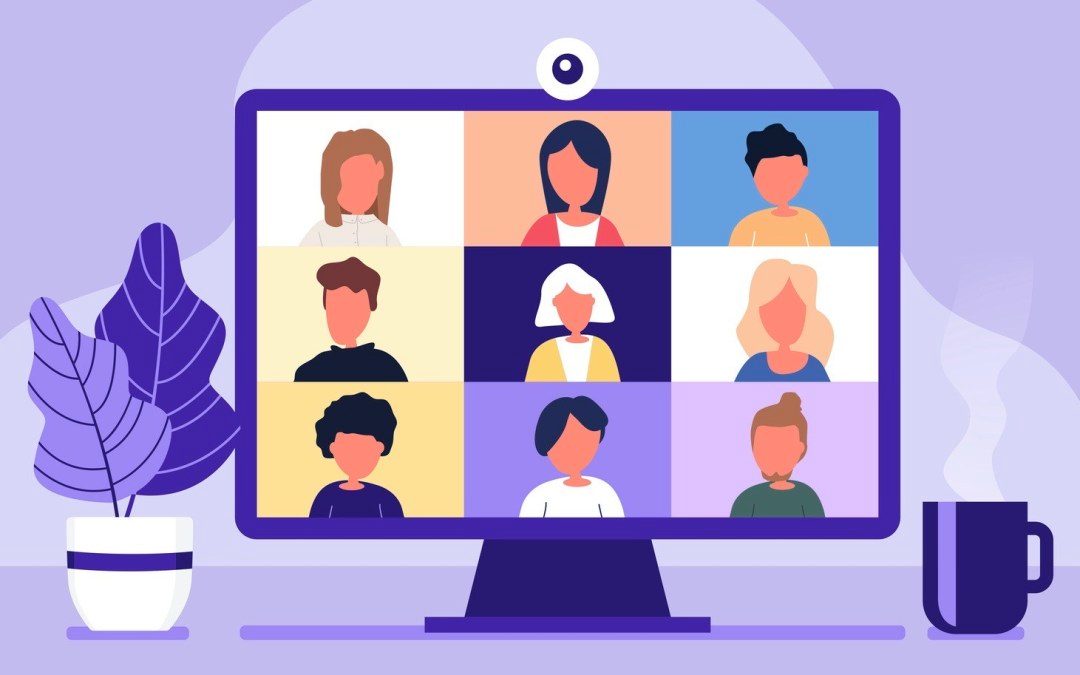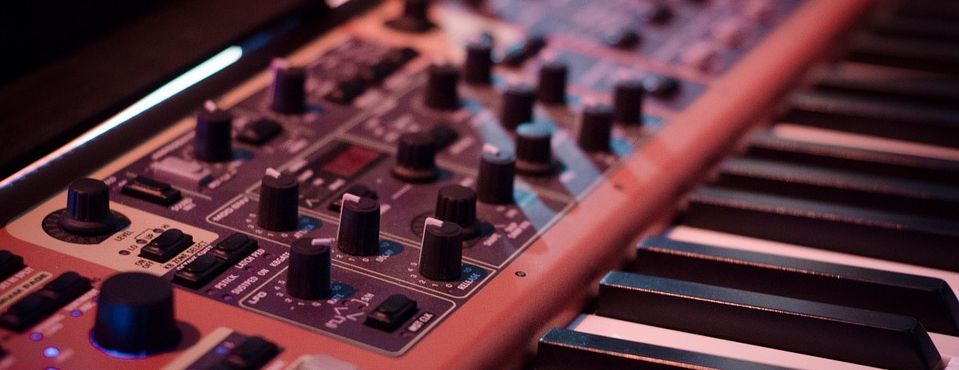Keep reading to know how to fix out-of-phase audio issues.
soundcloud music
Recording music in a home studio isn’t all the time as easy as it seems. Even in case, you’re just using basic gear like a microphone and audio interface to record yourself, you’ll be able to still run into complex technical issues. One of the most complicated issues that beginner and intermediate producers feel struggle with is out-of-phase audio.
When you’re in a creative process, the very last thing you want to worry about is musical theory. However, if you don’t know the way to find the key of the song, it’s holding you back.
Working on theory concepts like key signatures can be intimidating. It can certainly drain your whole creative energy, however, it doesn’t have to be complicated.
All songs are written in specific keys that will decide which chords and notes work effectively together. You should know the key if you’re planning on improvising, transposing, or writing songs.
When you add a new track to your DAW session, you’ll need to determine between mono vs. stereo.
However, what does each term mean? And what are the main differences? When do you have to use a mono track and when is stereo the better choice?
In this article, we’ll explain all the things you should know about mono vs. stereo—from tracking to the final master.
Browsing through piles of samples to seek out the right sound for your beat is like looking for a needle in a haystack. To hear the way a sample sounds in context with your beat it has to match your beat’s key and tempo. The best way to do this is with pitch shifting and time stretching. The best part is free time stretching and pitch shifting tools exist that will help you independently change the tempo or key of any sample you discover. It’s remarkable how this technology changes all the things about beat-making. In this article, we’ll explore why time stretching and pitch shifting tools are so useful to every music producer—and we’ll take a look at specific ways you should use them in your music-making workflow.
On day three-hundred-and-something of a global pandemic that forced us to cancel in-person jams. We all need to experience the thrill and pure pleasure of trading musical ideas in person again. However, the truth is internet speeds, lag and the limitations of DAWs make online jamming next to impossible in real-time without making some serious compromises. Here’s my hard truth for today—online jamming isn’t the easiest way to collaborate remotely. However, that doesn’t mean there aren’t methods to create fulfilling collaborative relationships online.
Recording music is a tricky process. There are many technical details to take care of before you start laying down takes. And even then, getting an excellent performance takes dedication.
That’s the reason why producers developed the modern music production techniques that help craft the polished sound of a final track.
One of the best and most helpful tips for tracking known as punching in. It’s a hard true technique that helps you record your tracks cleaner, faster, and more easily.
In this guide, we’ll explain what punching in is and you’ll know the way to use it for a better workflow.
Let’s get started.
Daily life moved online like never before in 2020 and it continues to 2021.
If you spent most of last year on video calls, you’ve probably wondered about using videoconferencing software for music.
Music collaboration is important for inspiration and working together face-to-face is more difficult right now.
However, using regular video apps for music can be a challenge. Configuring audio, setting up mics, and sharing your DAW screen can grind a fun session to a halt.
Even so, there are many effective options out there for musicians who need to work together from afar.
In this article, I’m showing you the top 10 Zoom alternatives for musicians so you can collaborate on music remotely.
Keep reading to explore more rap styles that define the revolution of rhythm and beat.
Getting your first synth is always a big and quite hard step. To help you know what you’re really getting, we’ve compiled our top 5 best synths for beginners.
Sure free synth VSTs open infinite possibilities but the DAW screen and keyboard is a big limitation that sometimes kills creativity.
Hardware synths are so inspiring—hearing an analog sound change as you play with real knobs is fun and also helpful for learning how electronic sound works.
Plus, hardware synths are much easier to use in collaborative contexts, especially if they’re portable.
But finding the perfect synth, to begin with, isn’t always easy.
Hardware synths can get expensive quickly—plus there are all kinds of confusing synth terms to wrap your head around.
Now, let’s explore the top 5 synths for you.

